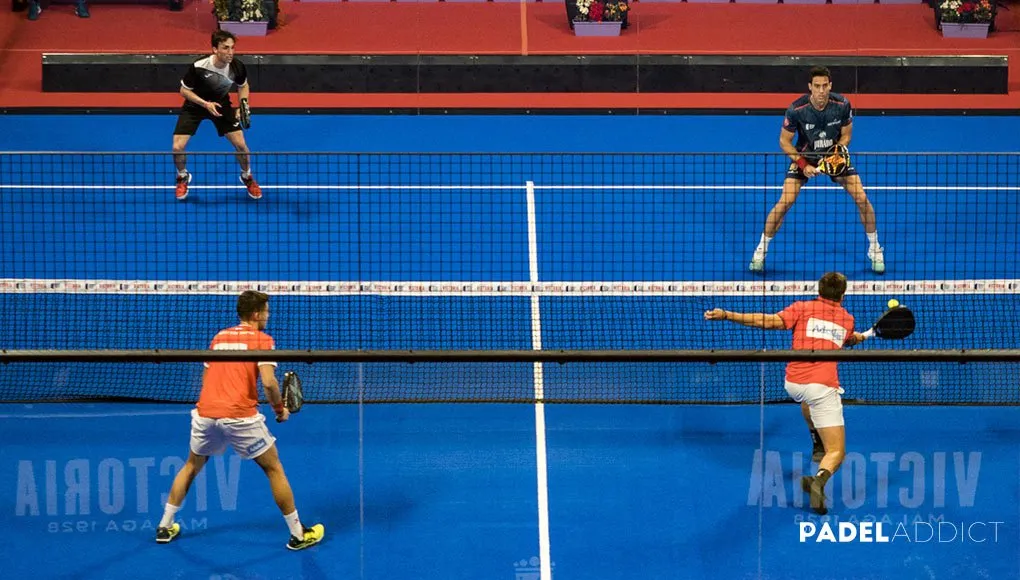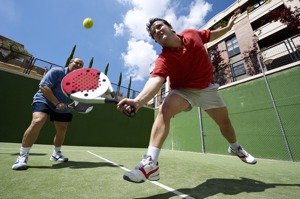


(sports floor)
Modern athletic facilities increasingly prioritize specialized surfaces designed specifically for performance enhancement and injury prevention. Quality sports floor systems directly impact player safety, game dynamics, and facility functionality. The fundamental distinction between recreational and professional-grade surfaces lies in their engineering: professional installations typically feature multi-layer constructions with shock absorption technologies that reduce impact forces by 40-60% compared to basic surfaces. Industry research confirms sports flooring with proper force reduction decreases lower extremity injuries by 52%. These systems must balance three critical performance metrics: vertical deformation (4-10mm), force reduction (>53%), and consistent ball rebound (90-110%).
Advanced PVC and rubber sports flooring leverage proprietary technologies unavailable in standard athletic surfaces. Polymer-modified layers provide dynamic cushioning that simultaneously delivers energy return and force dissipation. Professional-grade options include:
The latest innovations incorporate smart cushioning systems that adjust responsiveness based on detected impact levels, optimizing performance for both high-intensity competitions and recreational use.
| Specification | Premium PVC Sports Floor | Standard Rubber Floor | Hybrid Systems |
|---|---|---|---|
| Shock Absorption | 55-68% | 45-52% | 58-62% |
| Vertical Deformation | 7.2mm (±0.3) | 4.1mm (±1.2) | 6.8mm (±0.5) |
| Ball Rebound | 96% | 87% | 93% |
| DIN Certification | Class A | Class B | Class A/B |
| Warranty Period | 15 years | 8 years | 12 years |
Sports flooring systems require precise adaptation to specific athletic requirements and architectural constraints. Professional installations typically include comprehensive customization protocols:
Custom sports floor implementations incorporate detailed site analysis including flatness testing with 10-foot straightedges and moisture mapping across subfloor zones.
Industry-standard testing protocols validate sports flooring performance before facility commissioning. Certified laboratories conduct measurements using:
These rigorous procedures ensure consistent performance metrics across the entire installation surface. Facilities must maintain minimum force reduction of 53% to qualify for international competition standards.
Professional sports flooring solutions have transformed athletic facilities across multiple continents. The Melbourne Sports Centre reported a 41% reduction in impact-related injuries after installing custom shock-absorbent surfaces in 2023. Similarly, Berlin's multipurpose arena reduced maintenance costs by $23,000 annually after transitioning to engineered PVC sports flooring with enhanced abrasion resistance. Community sports complexes consistently report 92% satisfaction rates post-installation, noting extended utilization hours and multi-sport functionality.
Professional sports floor installations deliver quantifiable returns beyond athletic performance. Facilities with premium surfaces demonstrate 60% greater usable lifespan than standard alternatives, effectively amortizing initial investments through reduced replacement frequency. Athletic directors report that quality sports flooring generates measurable benefits: increased facility rentals (27% average gain), higher tournament hosting frequency, and improved recruitment statistics. Comprehensive lifecycle analysis confirms these engineered surfaces deliver cost efficiencies of $1.74 per square foot annually when factoring in maintenance savings, injury reduction, and usage expansion.

(sports floor)
A: PVC sports floors offer shock absorption and joint protection for athletes. They're durable, easy to clean, and provide consistent ball bounce performance. Ideal for indoor courts and multipurpose sports halls.
A: Rubber sports floors deliver superior impact resistance and noise reduction. They're naturally slip-resistant and better suited for weightlifting areas. Requires less maintenance than some synthetic surfaces.
A: High-quality PVC sports floors can withstand limited outdoor use with UV protection. Rubber floors generally perform better in extreme weather. Always consult manufacturers for weatherproof ratings.
A: Daily dry mopping and weekly deep cleaning with pH-neutral solutions. Avoid abrasive cleaners on PVC surfaces. Rubber floors benefit from occasional power washing.
A: Professional basketball courts typically use 8-10mm thick PVC sports flooring. Thicker layers (6.5mm+) provide better shock absorption. FIBA-certified floors require specific density and rebound rates.
Premium Padel Court Solutions for Clubs & Resorts | Durable & Panoramic Design
High-Quality Padel Court Solutions for Clubs & Homes
Premium Paddle Tennis Rackets for All Paddle Court Types
High-Quality Padel Court Solutions for Sports Facilities & Clubs
Premium Padel Courts: Custom Designs & Panoramic Views
Premium Paddle Racquet | High-Control Lightweight Design